306312
Inhibitor removers
Prepacked column for removing hydroquinone and monomethyl ether hydroquinone
Sinônimo(s):
Inhibition Removal Agents
Faça loginpara ver os preços organizacionais e de contrato
About This Item
Produtos recomendados
pressão de vapor
17 mmHg ( 20 °C)
Formulário
beads
tamanho da coluna
17 mm × 240 mm
cadeia de caracteres SMILES
[Al]21O[Al](O2)O1
InChI
1S/2Al.3O
chave InChI
TWNQGVIAIRXVLR-UHFFFAOYSA-N
Procurando produtos similares? Visita Guia de comparação de produtos
Categorias relacionadas
Descrição geral
Inhibitor-remover packings and ready-to-use, disposable prepacked columns conveniently remove small amounts of inhibitors which are added to reagents or solvents that would otherwise be unstable. R: 20-37 S: 22-38-36
• Useful in applications which require that the stabilizer or inhibitor (hydroquinone (HQ), hydro-quinone monomethyl ether (MEHQ, 4-methoxyphenol), or 4-tert-butylcatechol (TBC) be removed prior to use.
• Columns may be discarded1 when exhausted or reused by filling column approximately 3/4 full with new packing material. HQ/MEHQ columns refill vol.: ~21g. TBC column refill vol.:~30g.
• Approx. column capacity:
HQ/MEHQ: 3L at 100ppm
TBC: 4L at 15ppm
• TBC columns and packings are not recommended for use with polar solvents, including acrylic acid. Vacuum distillation is suggested for such applications.
Easy-to-use:
1. Prewashing of prepacked glass columns with a small amount of monomer is recommended.
2. Add monomer (or solvent) to an addition funnel which is secured above column.
3. Add monomer dropwise to the column. Monitor rate of addition to prevent overflow of the column. Collect monomer in an appropriate container.
4. For low-melting solid monomers, keep temperature of column above the melting point during use.
Caution: Overheating may cause monomer to polymerize on the column. Viscous or high-melting monomers may be diluted in an appropriate solvent before addition to the column.
1Unused columns can be discarded with other solid chemical waste. After use, the toxicity and hazards of the monomer, from which the inhibitor is being removed, should be considered in deciding how to dispose of the packing material or column.
• Useful in applications which require that the stabilizer or inhibitor (hydroquinone (HQ), hydro-quinone monomethyl ether (MEHQ, 4-methoxyphenol), or 4-tert-butylcatechol (TBC) be removed prior to use.
• Columns may be discarded1 when exhausted or reused by filling column approximately 3/4 full with new packing material. HQ/MEHQ columns refill vol.: ~21g. TBC column refill vol.:~30g.
• Approx. column capacity:
HQ/MEHQ: 3L at 100ppm
TBC: 4L at 15ppm
• TBC columns and packings are not recommended for use with polar solvents, including acrylic acid. Vacuum distillation is suggested for such applications.
Easy-to-use:
1. Prewashing of prepacked glass columns with a small amount of monomer is recommended.
2. Add monomer (or solvent) to an addition funnel which is secured above column.
3. Add monomer dropwise to the column. Monitor rate of addition to prevent overflow of the column. Collect monomer in an appropriate container.
4. For low-melting solid monomers, keep temperature of column above the melting point during use.
Caution: Overheating may cause monomer to polymerize on the column. Viscous or high-melting monomers may be diluted in an appropriate solvent before addition to the column.
1Unused columns can be discarded with other solid chemical waste. After use, the toxicity and hazards of the monomer, from which the inhibitor is being removed, should be considered in deciding how to dispose of the packing material or column.
Aplicação
Inhibitor remover is mainly used in the purification of methyl methacrylate monomer (MMA) and the removal of hydroquinone, which can be used for the synthesis of polymethyl methacrylate (PMMA). It can also be used to purify and remove the inhibitor in N,N-dimethylacrylamide (DMAA) and hydroxylethyl methacrylate (HEMA), that can be used to fabricate a low-cost absorbent for metal absorption.
Código de classe de armazenamento
11 - Combustible Solids
Classe de risco de água (WGK)
WGK 3
Ponto de fulgor (°F)
Not applicable
Ponto de fulgor (°C)
Not applicable
Equipamento de proteção individual
Eyeshields, Gloves, type N95 (US)
Escolha uma das versões mais recentes:
Já possui este produto?
Encontre a documentação dos produtos que você adquiriu recentemente na biblioteca de documentos.
Os clientes também visualizaram
Electrically conductive nanocomposites of PMMA and carbon nanotubes prepared by in situ polymerization under probe sonication.
Bressanin JM, et al.
Chemical Papers, 1-12 (2018)
Tibor Renkecz et al.
ACS applied materials & interfaces, 5(17), 8537-8545 (2013-08-22)
A versatile approach for the preparation of photoswitchable molecularly imprinted polymers (MIPs) is proposed where the selective recognition and the photoresponsive function are assumed by two different monomers. As a proof of concept, MIP microspheres were synthesized by precipitation polymerization
Lead (II) removal by poly (N, N-dimethylacrylamide-co-2-hydroxyethyl methacrylate)
Ramos-Jacques AL, et al.
European Polymer Journal, 101, 262-272 (2018)
Study on the rheological and electrical properties of PMMA/MWCNT nanocomposites prepared by in situ polymerization assisted by sonication.
Junior VAA, et al.
AIP Conference Proceedings, 1981(1), 020077-020077 (2018)
Subir Ghosh et al.
Journal of the mechanical behavior of biomedical materials, 87, 312-324 (2018-08-14)
A significant number of hip replacements (HR) fail permanently despite the success of the medical procedure, due to wear and progressive loss of osseointegration of implants. An ideal model should consist of materials with a high resistance to wear and
Artigos
An article regarding common FAQs for initiators and stabilizers.
Nossa equipe de cientistas tem experiência em todas as áreas de pesquisa, incluindo Life Sciences, ciência de materiais, síntese química, cromatografia, química analítica e muitas outras.
Entre em contato com a assistência técnica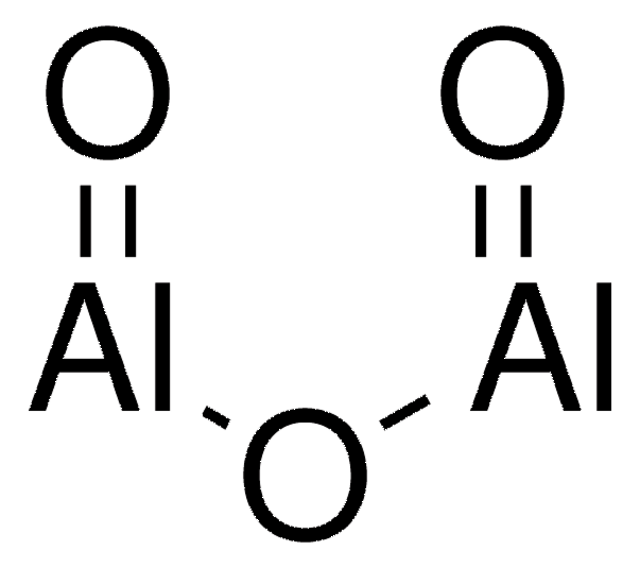
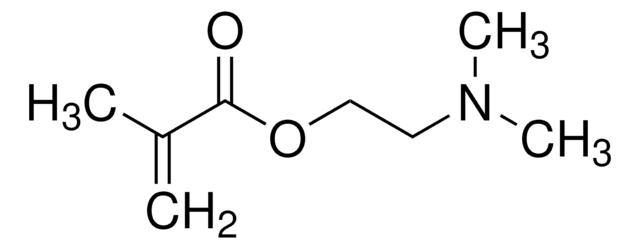



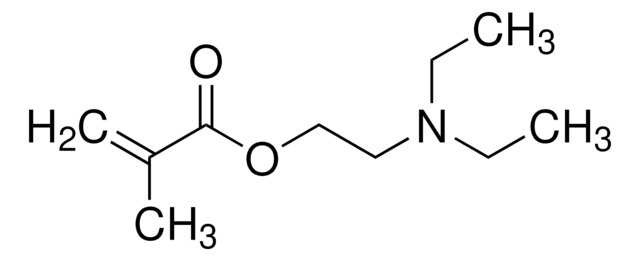

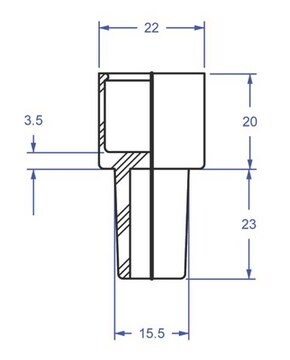
![[2-(Methacryloyloxy)ethyl]trimethylammonium chloride solution 75 wt. % in H2O](/deepweb/assets/sigmaaldrich/product/structures/316/612/66b0f4cf-d060-427d-b4f5-e8fab3e5cffe/640/66b0f4cf-d060-427d-b4f5-e8fab3e5cffe.png)
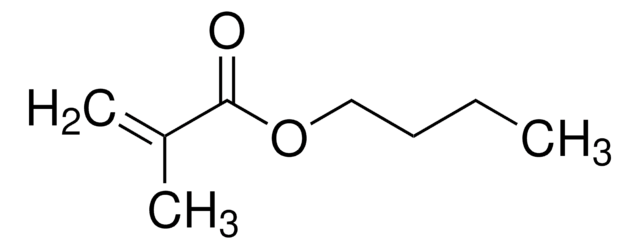
![[2-(Acryloyloxy)ethyl]trimethylammonium chloride solution 80 wt. % in H2O, contains 600 ppm monomethyl ether hydroquinone as inhibitor](/deepweb/assets/sigmaaldrich/product/structures/393/326/f7e19585-5431-4220-81b5-f458de6d63d0/640/f7e19585-5431-4220-81b5-f458de6d63d0.png)